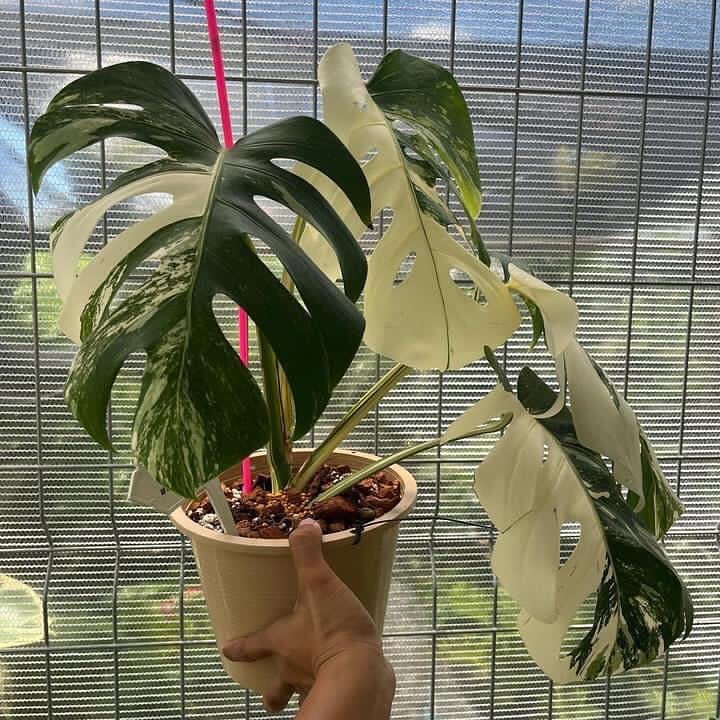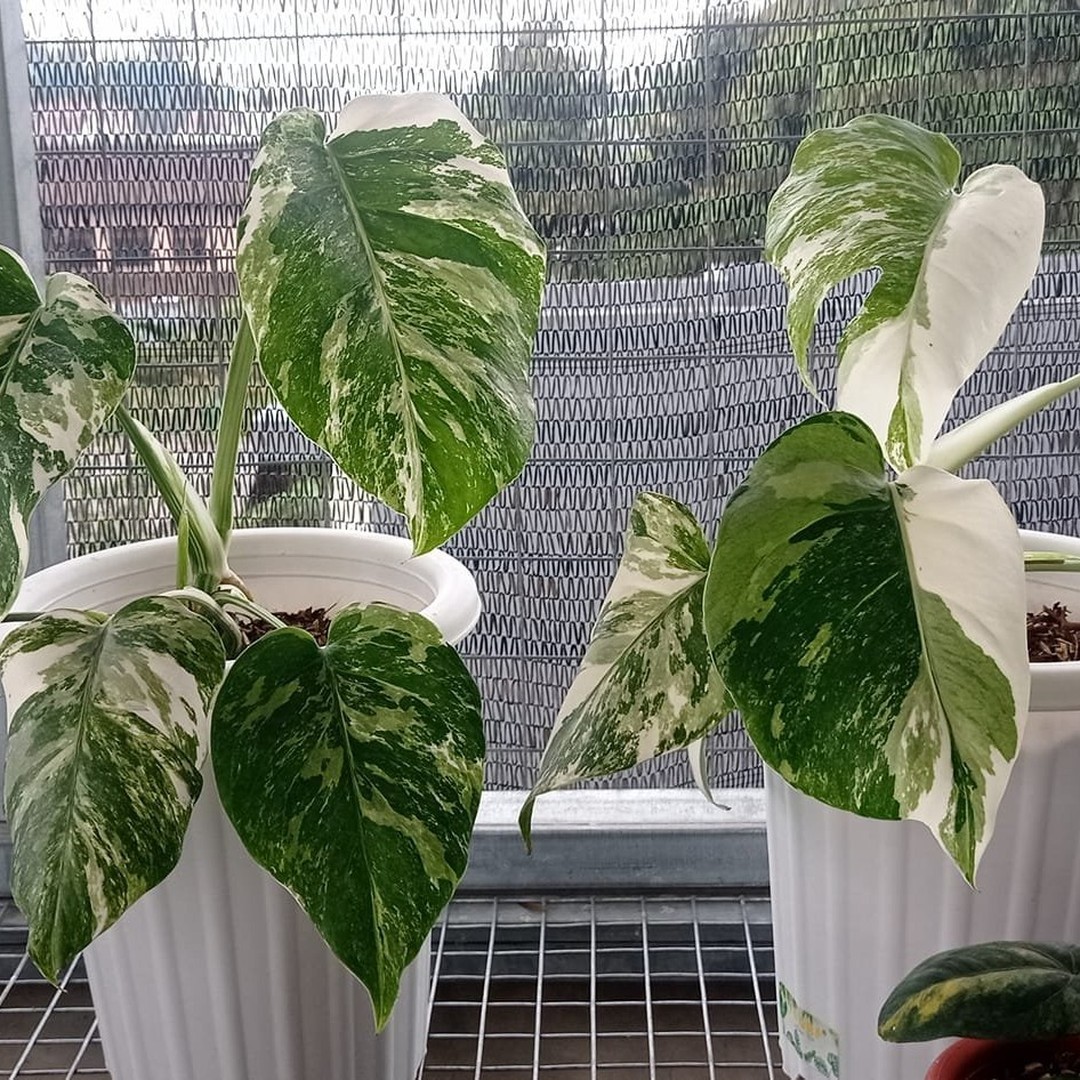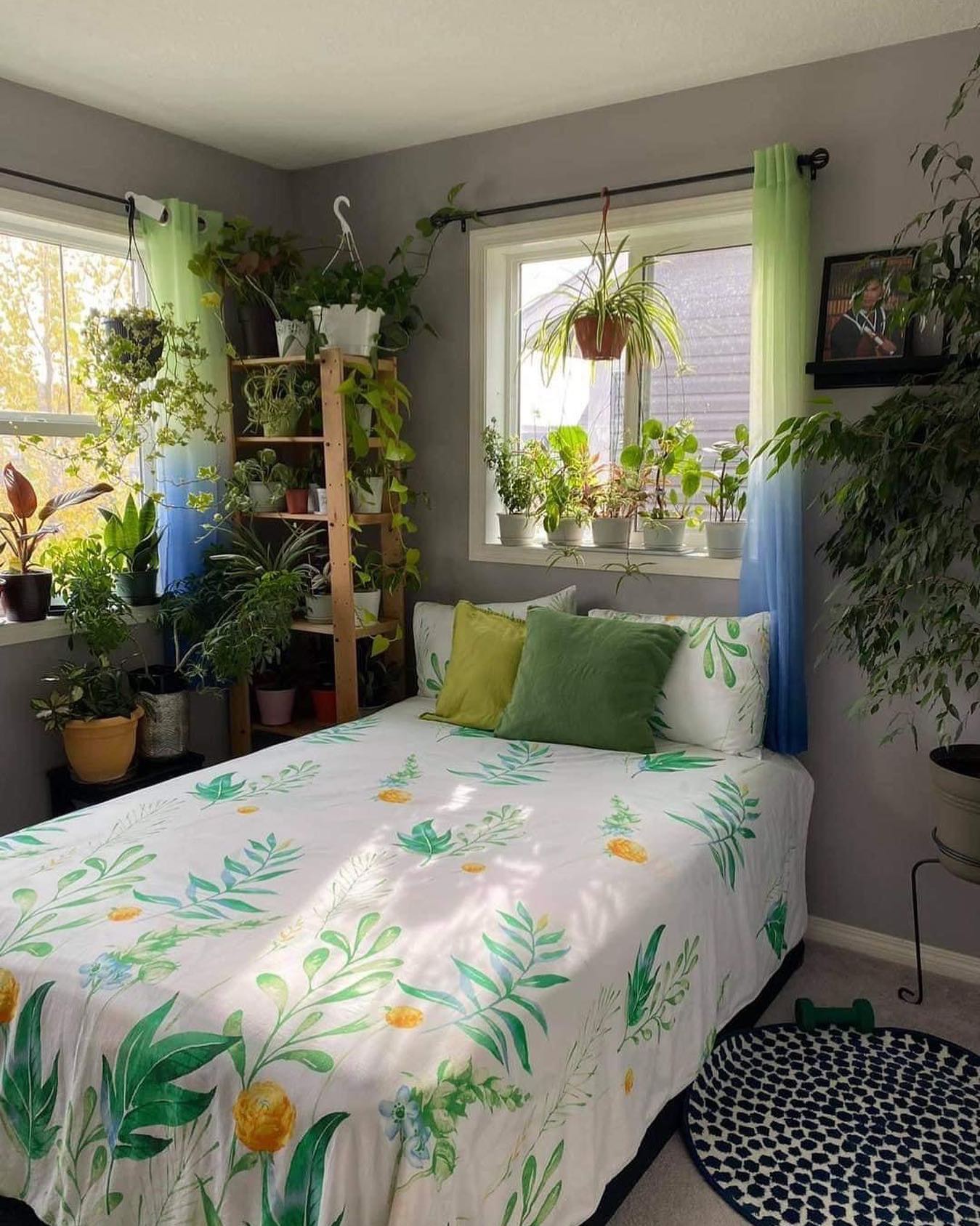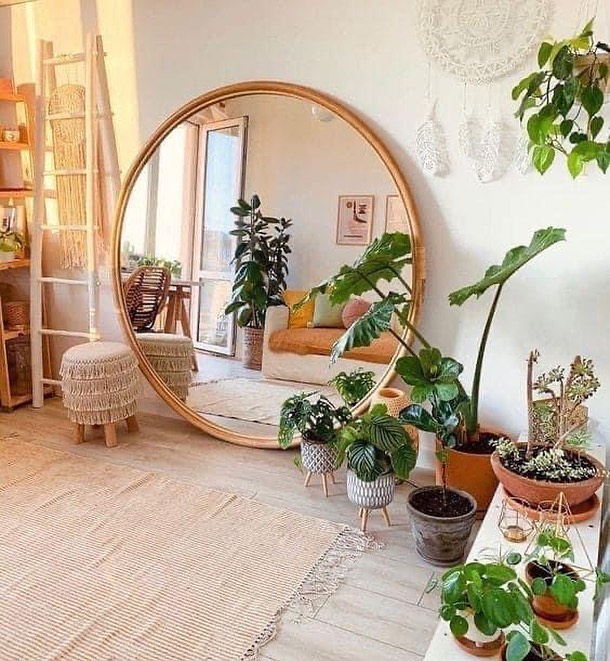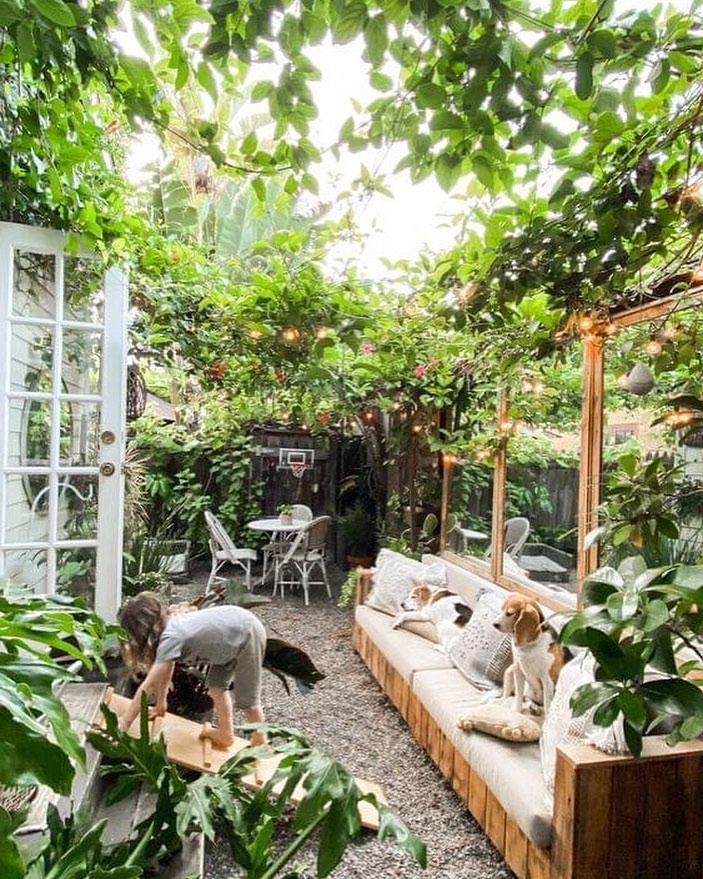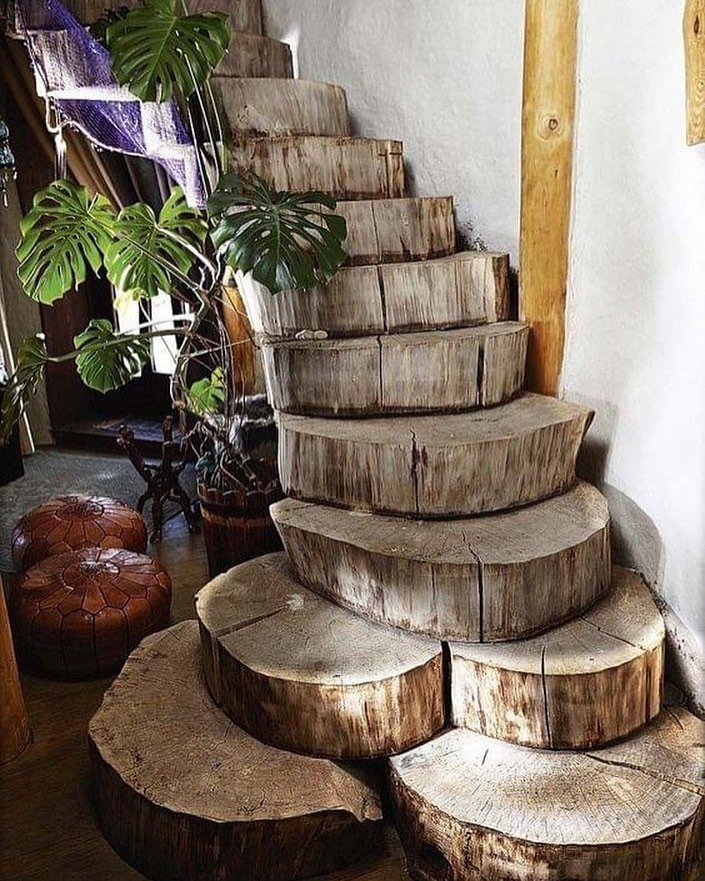A Monstera is a well-known garden plant for its large, beautiful leaves. Monstera leaves are often variegated with white or yellow, and their size can make a real statement in any home. This is the main reason why it makes us unhappy when we see black spots on Monstera leaves.
Monstera leaves may develop black spots for several reasons, including root rot, dehydration, sunburn, physical damage, cold climate, and inadequate or too much humidity. Whatever the reason, don’t panic, as there are solutions to help your Monstera get its beautiful leaves back.
In my experience, Monstera is a plant that is hard to kill (if given proper care). So, if something goes off and you observe it in time, you can save your plant.
Let’s discuss this further.
Contents
What Causes Black Spots On Monstera Leaves?
As a horticulturist, there are seven causes that come to my mind when I see black spots on leaves, and they are:
- Root Rot
- Dehydration
- Sunburn
- Physical Damage
- Climate
- Inadequate or Too Much Humidity
- Diseases or pests
Confused? Let me explain them one by one.
Root Rot
Although plants love water, their roots don’t. The roots begin to rot when they are overwatered. This will also cause black spots on the leaves as the plant can’t uptake water and nutrients from the soil properly.
Root rot is a common cause of black spots on Monstera leaves because many gardeners overwater their plants.
Some other signs of root rot are:
- The leaves will turn yellow, then turn brown and fall off.
- The plant will become increasingly wilted, regardless of how much you water it.
- The stem will become mushy and start to decay.
If you think your plant has root rot, the best thing to do is take it out of the pot and observe the roots. If they are black or mushy, well, guess what? You have overwatered your plant.
Dehydration
The second most common cause of black spots on Monstera leaves is dehydration. It is often caused by under-watering or leaving the plant in direct sunlight for too long.
Other signs of dehydration are:
- The leaves will turn yellow and then brown.
- The edges of the leaves will become crispy.
- The plant will become wilted.
Monstera plants do not require daily watering, and that leads us to forget to water them sometimes. So, if you don’t remember when you watered your monstera plant and your plant has developed black spots on the leaves, you might be underwatering your plant.
Sunburn
Just like our skin, the leaves of the plant can also get sunburnt if they are exposed to direct sunlight for too long. Sunburn is often seen in the variegated leaves of Monstera as the sun can bleach the color from the leaves.
Other signs of sunburn are:
- The leaves will turn yellow and then brown.
- The edges of the leaves will become crispy.
- The plant will become wilted.
Since Monstera plants prefer indirect sunlight, keeping them away from direct sunlight is best. If you have placed your Monstera plant in a sunny spot, this might be the reason for the black spots on its leaves.

Physical Damage
Physical damage is another reason for black spots on Monstera leaves. The new growth of Monstera is more fragile and susceptible to physical damage.
So, if you accidentally drop the plant or hit it against something, it might cause black spots on its leaves.
Other signs of physical damage are:
- Holes or tears in the leaves
- black spots with a yellow halo around them.
- The plant will become wilted.
Pets or small children can also damage the leaves. So, if you have pets or small children at home, make sure to keep an eye on your Monstera plant.
Climate
Monstera plants are native to tropical rainforests and prefer warm and humid conditions. However, they can tolerate a wide range of temperatures, except for cold temperatures.
The ideal temperature for Monstera plants is between 60°F and 85°F (15°C and 29°C). If the temperature drops below 50° Fahrenheit (10°C), the plant will experience stress, which can lead to black spots on the leaves.
Other signs of stress are:
- The leaves will eventually turn yellow and then brown.
- The plant will become wilted.
- The plant’s growth will slow down.
- If you live in a cold climate, it is best to grow Monstera plants indoors, where the temperature is more stable.
Inadequate or Too Much Humidity
Monstera plants prefer high humidity levels of 60% to 80%. If the humidity level drops below 50%, the plant will experience stress, which can lead to black spots on the leaves.
Other signs of inadequate humidity are:
- The leaves will begin to yellow, then brown.
- The plant will become wilted.
- The plant’s growth will slow down.
Too much humidity, on the other hand, might promote fungal growth on the plant, resulting in black spots on the leaves. So, as you see, both too little and too much humidity can be bad for Monstera plants.
Certain bacterial and fungal diseases and pests can also cause black spots on Monstera leaves. The most common ones are:
Powdery mildew: Powdery mildew is a fungus that attacks Monstera plants. It is often caused by too much humidity or not enough airflow. White or grayish-white powder on the leaves is the first sign of powdery mildew. If the disease is not treated immediately, black or brown spots on the leaves may appear.
Anthracnose: Another type of fungal disease that can affect Monstera plants is anthracnose. It is often caused by water splashing on the leaves, which can spread the spores of the fungus. The first sign of anthracnose is small, black spots on the leaves. If the problem is not addressed ASAP, the spots will eventually turn yellow, then brown. The leaves will begin to curl and fall off as well.
Mealybugs: Mealybugs are small, white, wingless insects that feed on plant sap. They often hide in the potting mix or under the leaves. Mealybugs can cause black spots on the leaves as they suck out the sap from the leaves. A yellow halo often surrounds the black or brown spots. Mealybugs can also cause the leaves to become distorted and yellow. If the infestation is severe, the plant will become wilted.
Spider mites: Spider mites are tiny, spider-like creatures that feed on plant sap. They are often found in warm and dry conditions. The first sign of spider mites is small, black spots on the leaves. If the pest infestation is severe, the leaves will become yellow and then brown. The plant will also become wilted.
Aphids: Aphids are small, green, or black insects that feed on plant sap. They often hide in the potting mix or under the leaves. Aphids can cause black spots on the leaves as they suck out the sap from the leaves.
How Do You Cure Black Spots On Monstera?
Although there are several causes of black spots on monstera leaves, the cure can be the same for most of them.
- If the spot and stems are mushy and the soil is wet, it’s probably the root rot. In this case, simply cutting off watering would resolve the problem most of the time. Sometimes, you might have to repot the plant after cutting off rotted roots.
- Dry and crispy leaves indicate too much sunlight or low humidity. Try to move your Monstera plant to a shadier spot and/or increase humidity by misting the leaves regularly.
- If all conditions are met, but your plant is still not happy, you might want to check for pests or diseases. The most common pests that can cause black spots on your monstera leaves are mealybugs, spider mites, and aphids. You can get rid of them by using a pesticide or insecticide. Tip: Neem oil is a natural pesticide you can use on several pest infestations. We have an article explaining how you can use neem oil as a pesticide on Monstera plants.
- Powdery mildew and anthracnose are the most common diseases that could cause black spots on your monstera leaves. You can get rid of them by using a fungicide.
Should I Cut Off the Black Spots on Monstera?
Personally, I don’t cut off the black spots if the leaves are still otherwise healthy. I just leave them be and let the plants do their thing.
However, if the spots are caused by fungal diseases or pests, you should remove the affected leaves to prevent the problem from spreading.
Conclusion
Black spots on monstera leaves can be caused by several things, including too much or too little water, pests, and diseases. The best way to treat black spots is to figure out what is causing them and then take the appropriate action. However, diagnosing the problem is easier said than done. It comes with experience. So, if you’re just starting out, don’t worry too much about it. Just enjoy your plant and try to learn as much as you can. Thanks for reading!


